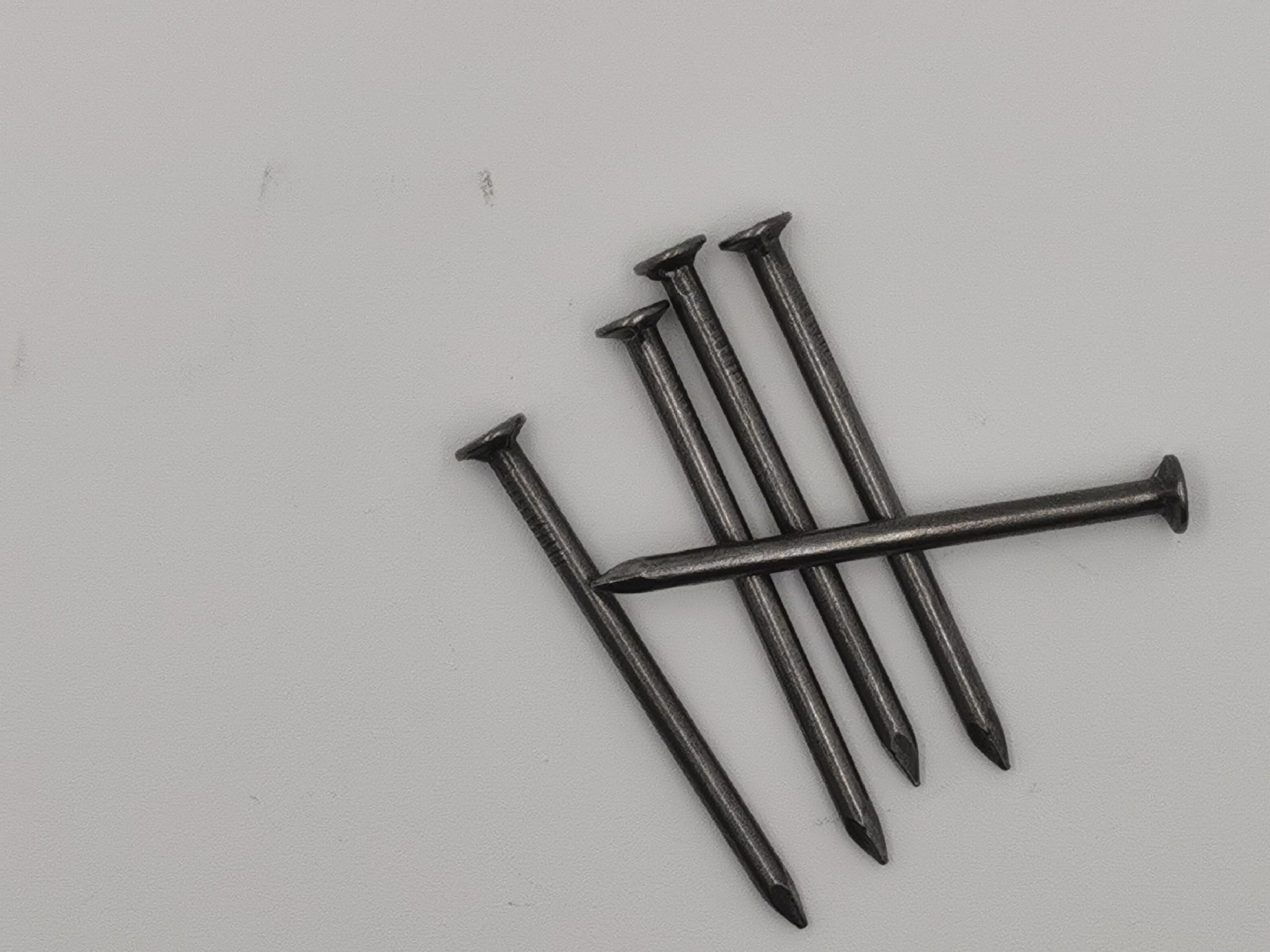Common wire nails, often simply referred to as common nails, are one of the most widely used types of nails. They have a straightforward design and are suitable for a variety of general construction and woodworking applications.

Design and Structure
Key design features of common wire nails include:
- Head: Common nails have a large, flat head that provides a solid striking surface and helps hold the nailed material in place.
- Shank: The shank or body of the common nail is typically thick and strong, which helps provide good holding power. Some common nails have a smooth shank, while others may be ringed or have a spiral design for increased grip.
- Point: These nails typically have a sharp point to help them penetrate the material more easily.
- Material: Common wire nails are typically made of steel. They may be plain or galvanized. Galvanized nails have a protective zinc coating that provides resistance to rust and corrosion, making them suitable for outdoor use.
Uses and Applications
- Framing: Common nails are often used in framing construction due to their strength and holding power.
- General Construction: They are used for various general construction tasks, such as building decks, installing joists and subflooring, and more.
- Woodworking: Common nails are used in many woodworking projects, both for construction and for smaller projects like furniture making.
- Outdoor Projects: Galvanized common nails are often used for outdoor projects, such as building fences or garden structures.
- DIY Projects: Because of their general-purpose nature, common nails are also often used for a variety of DIY projects around the home.
However, common nails can cause splitting in some types of wood due to their thickness. To avoid this, it can be helpful to drill a pilot hole before driving the nail, especially near the ends of boards or when working with hard or brittle wood species. The size of the nail to be used will depend on the specifics of the project, including the type and thickness of the wood and the load the connection will need to bear.